
Tips for Growing Your Own Food and Herbs at Home
Growing your own food and herbs at home can be an incredibly rewarding experience, offering fresh produce and significant savings on your grocery bill.
Outdoor gardens are a great way to grow your own food, making it doubly special when your family eats fresh produce from your fruit trees or vegetable garden.
Whether you have a sprawling backyard or a tiny balcony, you can create a thriving vegetable garden.
Here’s how to grow your own food at home:
1. Assess Your Space and Light
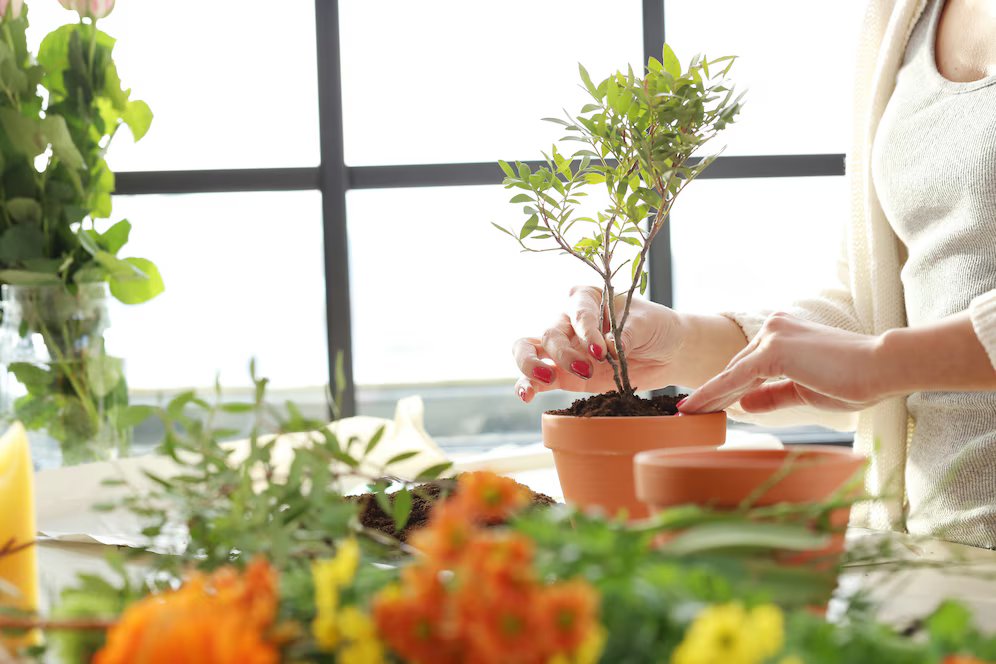
Before you start planting, evaluate the available ground and garden space in your home. Whether you have an outdoor garden, raised beds, or just a few pots on a balcony, understanding your space is crucial.
Many vegetable plants require 6-8 hours of direct sunlight daily. Identify a sunny spot in your garden space where your plants can thrive.
Some creative green thumbs even utilize indoor space, given, of course, that it has ample direct sunlight.
If ground space is limited, consider vertical gardening. Utilize vertical space by using hanging baskets or trellises to grow crops like tomatoes, peas, and green beans.
Vertical gardening is becoming more popular for those who want to grow food, especially for many condo dwellers.
2. Choose the Right Plants
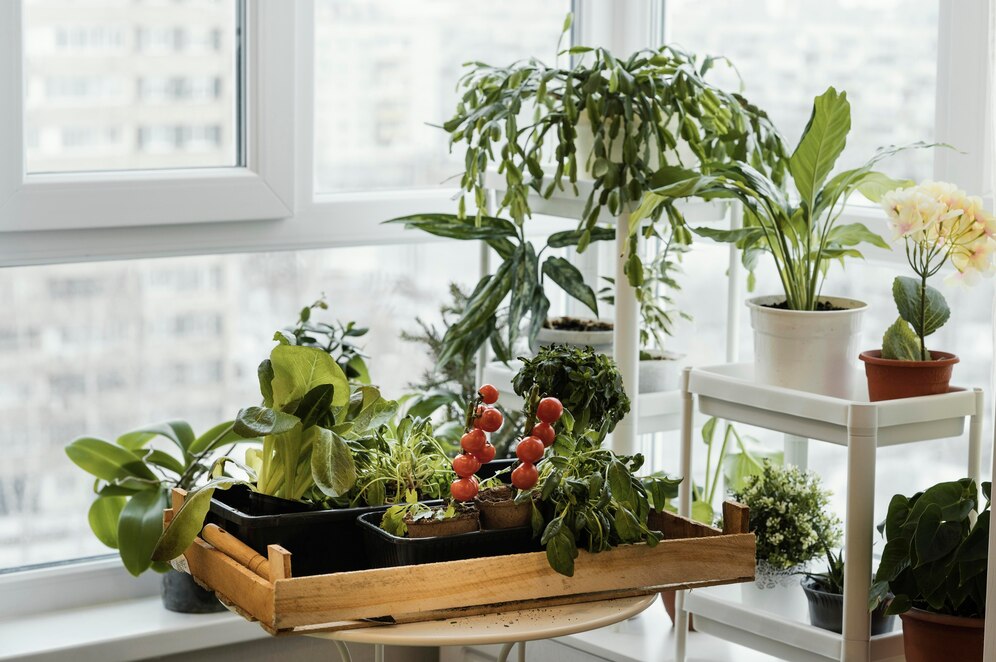
Select Suitable Vegetable Plants – Choose vegetables that are well-suited to your climate and space. Leafy greens, root vegetables, and green beans are great options for beginners.
For one, tomatoes, lemons, and other citrus fruit trees do great in the Philippine climate.
Dwarf Fruit Trees – Dwarf fruit trees are perfect for small spaces and can be grown in pots. Varieties like dwarf mango, calamansi, and banana can thrive in urban areas with proper care.
Local Fruit Trees – Philippine fruits are hardy and planting them in your backyard can be one of the most rewarding things you could do at home.
While some fruits are admittedly more challenging for newer gardeners, there are fruits like jackfruit and guava that are easy to grow and make really amazing snacks and food.
Fresh Herbs – Growing fresh herbs like basil, mint, and oregano can enhance your cooking. Herbs are easy to grow and can be cultivated in small pots or garden beds.
3. Prepare Your Soil
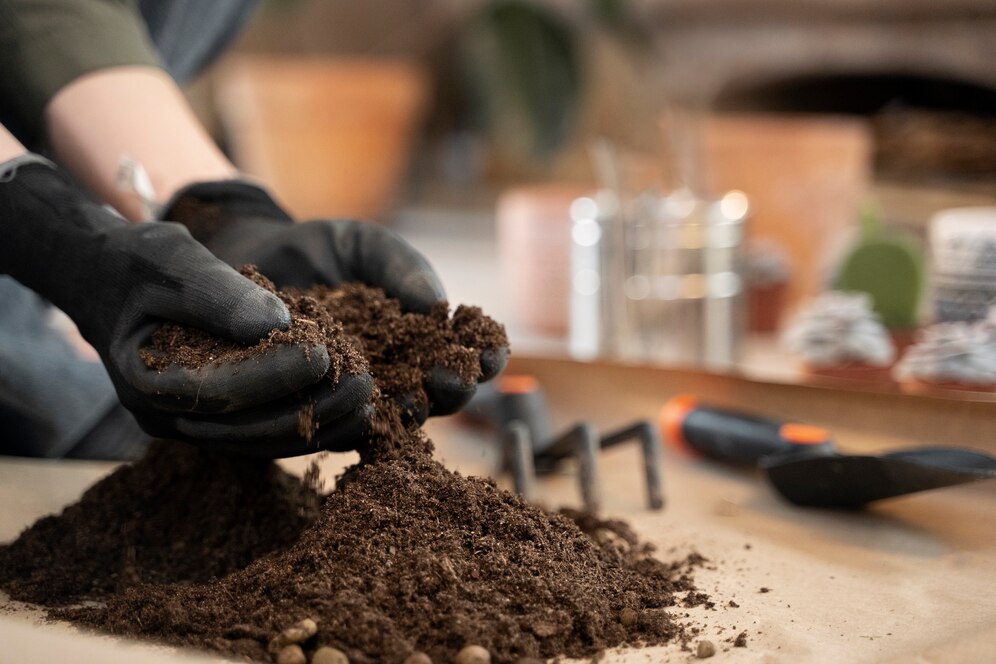
Improve Soil Quality
Good soil quality is essential for growing food. Enrich your soil with organic compost to ensure it has the nutrients needed for root growth and plant health.
Ensure Good Drainage
Proper drainage is crucial to prevent waterlogging and root rot. A raised bed is excellent for ensuring drainage and can be made using simple materials like wood or bricks.
4. Start Planting
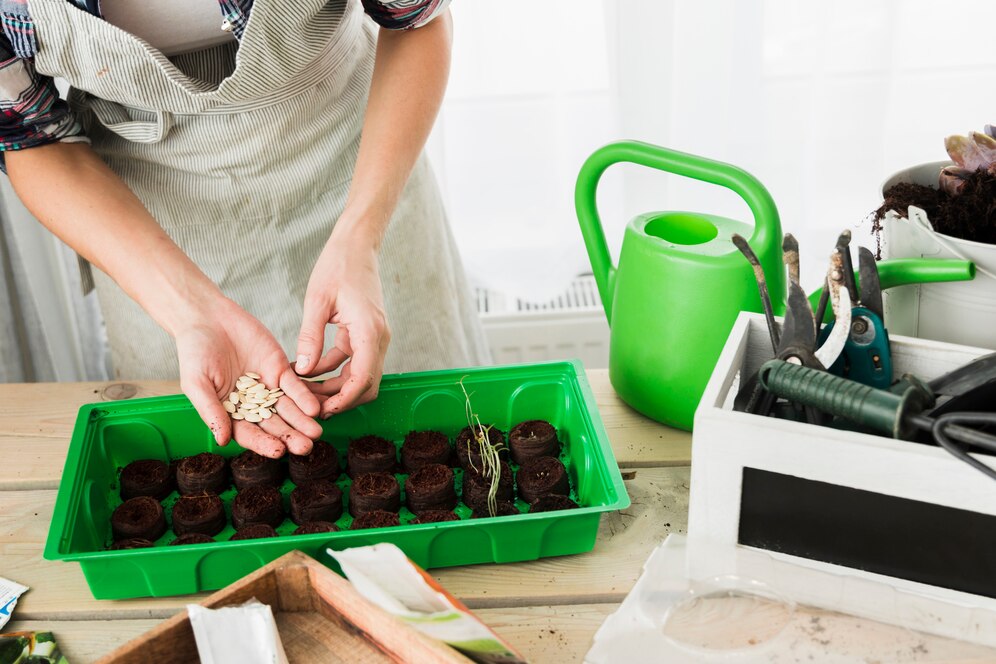
Use Quality Seeds and Seedlings
The first step in becoming a better gardener is to invest in high-quality seeds and seedlings from reputable sources.
The National Gardening Association recommends starting with easy-to-grow varieties like tomatoes, peas, swiss chard, cabbage, and sweet potatoes in their beginner’s guide.
Follow a Planting Schedule
Plan your planting schedule based on the growing seasons in the Philippines. Most gardeners find success by planting during the cooler months when the weather is less harsh and the ground is more moist.
Plant in Rows or Clusters
Organize your garden by planting in rows or clusters. This helps maximize outdoor space and makes it easier to manage your garden.
This also significantly reduces the time spent applying fertilizer and watering if your vegetable garden is compact.
5. Watering and Maintenance
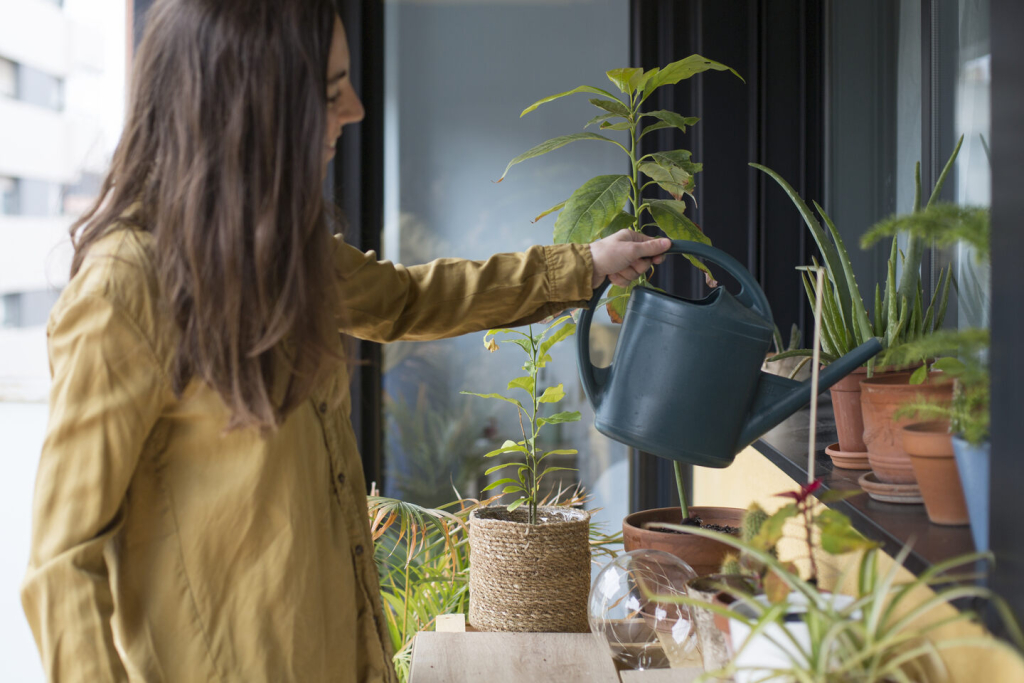
Regular Watering
Watering is critical for the success of your garden. Use watering cans or a hose to water your plants deeply, ensuring the water reaches the roots.
For most plants, the best watering time is in the early morning or evening. This prevents soil evaporation and keeps your plants happy with enough humidity.
Mulching
Mulching is when you cover the soil with mulches, which are organic materials like straw, dried leaves, bark, wood chips, or coconut husks.
Mulch your plants to retain soil moisture and reduce weed growth. This is especially important for hotter months since soil tends to dry out quicker.
Use Chicken Wire
There are different methods to help your garden stay safe from pests and other unwanted visitors, like energetic pets.
A trusty method many gardeners live by is using chicken wire. This simple barrier can keep out animals like rats and birds that might feast on your crops and plants.
6. Utilize Organic Methods
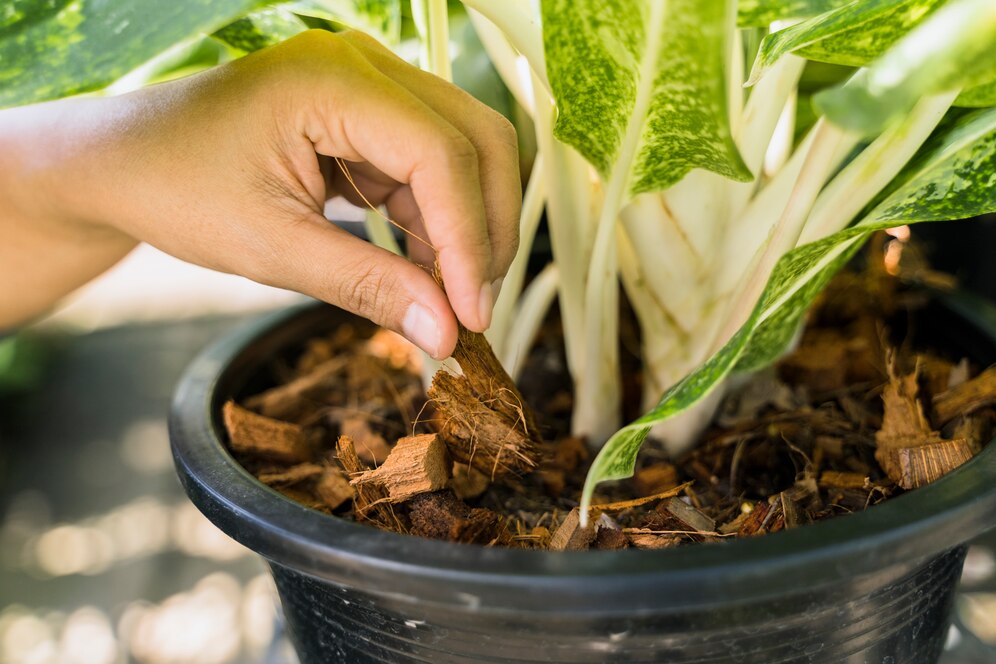
When you grow your own food, remember that they also need to be nourished. Fertilizers are like food for plants, so it’s important that you know what enrichment every single plant and the soil need.
Feed your plants with organic fertilizers to promote speedy and healthy growth. Compost, manure, and fish emulsion are excellent natural fertilizers.
Use organic pest control methods to keep your garden healthy. Neem oil, garlic spray, and companion planting are effective ways to deter pests without harming the environment.
7. Harvesting Your Produce
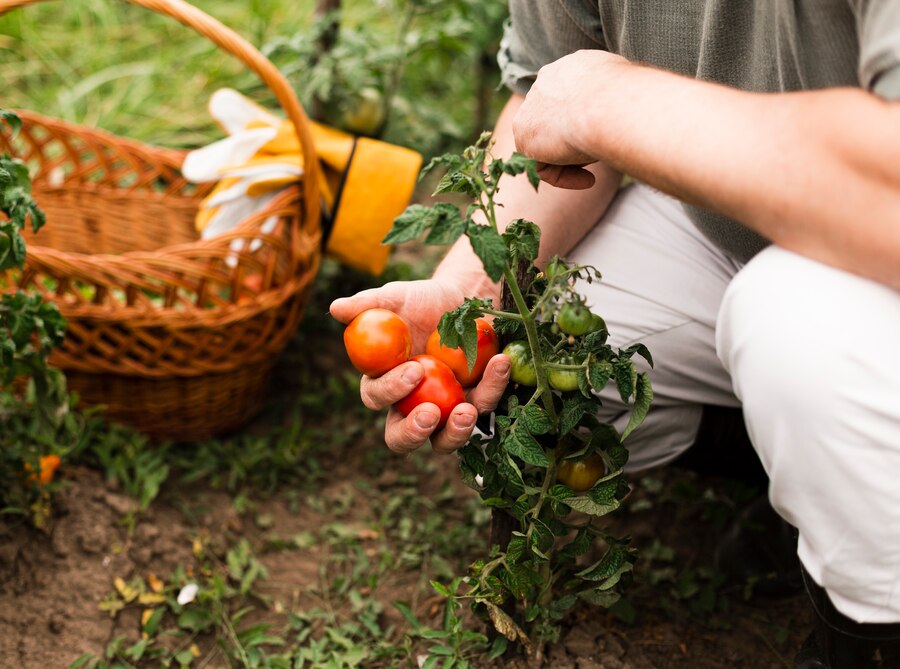
Gardening and growing food is seasonal, and it’s important for you to take note when vegetables and fruits are in season. Harvest your crops at the right time to enjoy the best flavor and nutrition.
Leafy greens and herbs can be picked regularly, while root vegetables and fruits should be harvested when fully mature.
Think of each new season as a blank slate, so you’re always eager to restart and repopulate your garden after each harvest.
During harvesting season, it’s a good opportunity for your family to add your harvest to your everyday food.
Having food from the ground in your garden straight to the dinner table is one of the most rewarding things you’ll ever get from growing vegetables and fruits.
The best part of growing your own food is enjoying the fruits of your labor. Use your fresh produce in daily meals, share with family members, and savor the flavors of home-grown food.
8. Expanding Your Gardening
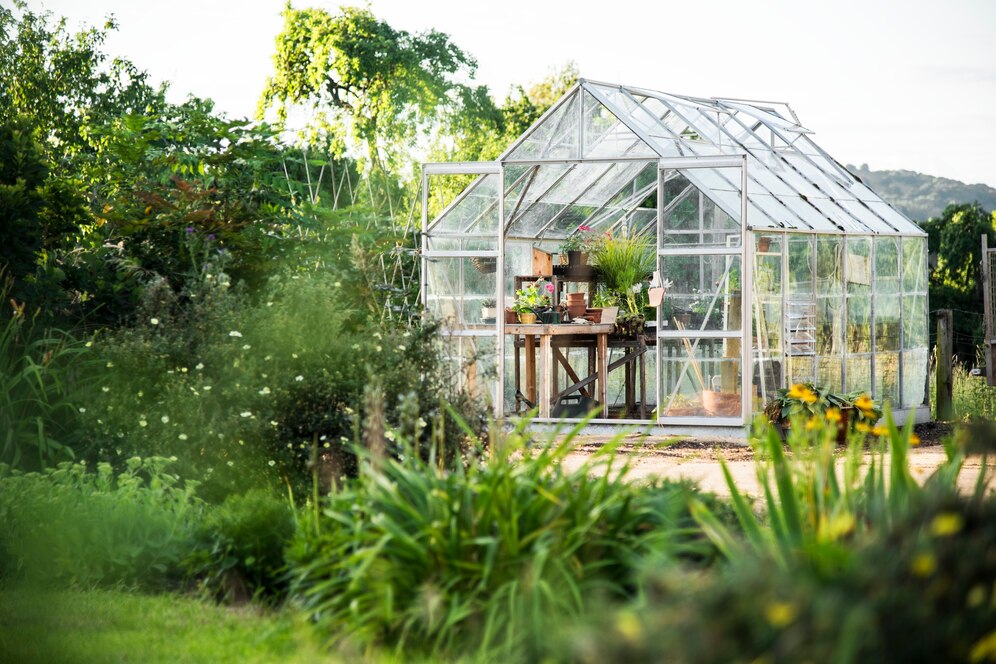
Once you’ve mastered the planting basics, experiment with growing new crops and acquire a variety of seeds. Root vegetables like carrots and radishes, and other vegetables such as eggplant and bell peppers, can add variety to your garden. For those looking to expand their gardening efforts, consider more advanced techniques like hydroponics or aquaponics.
These methods allow for growing food in less-than-ideal conditions and can be particularly useful in urban areas.
9. Gardening Year-Round
Don’t let the cooler months halt your gardening efforts. Even if the Philippines doesn’t experience winter months, wet months could still affect the plants in your garden.
One option is for you to plant food and smaller plants indoors using pots and planters. Ensure they receive adequate light, either from a sunny window or grow lights.
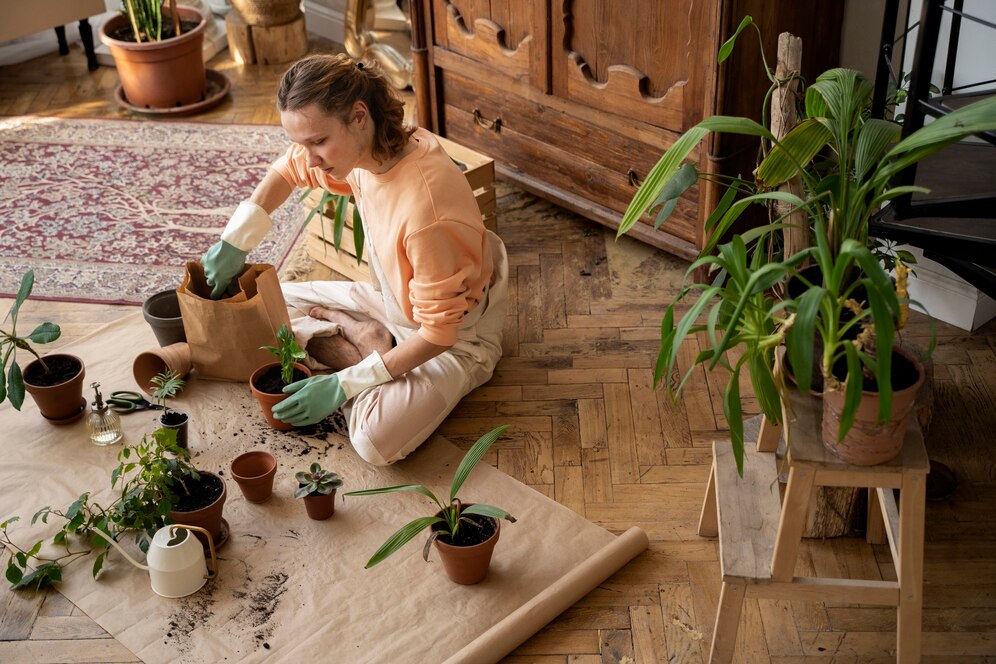
10. Sharing and Community
Inspire family members and friends to start their own gardens. Share your practical knowledge and experiences to encourage others to enjoy the benefits of growing their own food.
In residences like Camella, neighbors come together for community projects, including community gardening that they can pitch in to help grow and harvest when the time comes.
Start a Backyard Garden in Camella
Growing your own food and herbs at home is a rewarding and sustainable way to ensure you have access to fresh fruits, crops, and vegetables year-round. Whether you have a large backyard or just a small balcony, there are countless ways to create a thriving garden.
At Camella, we put a premium on providing outdoor space conducive to gardening and growing your own food. We encourage sustainable communities, and one way to do it is to encourage our residents to plant food and populate their homes with their own fruit and vegetable gardens.
By following these tips and utilizing the best home improvements to increase property value, you can enjoy the benefits of home-grown food and a healthier lifestyle. Happy gardening!

Celebrate Life’s Milestones in Camella!
Make unforgettable memories in a Camella home.
Our communities are designed to elevate your living experience.


